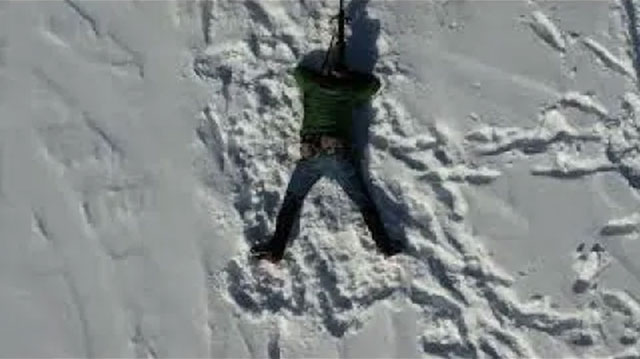
Natural Point of Aim Drill
One of the most important things someone can work on when we are talking about shaving time in competitions or combative deployment of rifle fire is getting a position built quickly and properly. When we talk about the natural point of aim with a rifle, whether bolt gun or carbine, moving from the standing to the prone position and landing very narrow to your target line is going to speed up the time it takes to get that first round hit. Precision rifle fire shouldn’t take a lifetime to deploy and while the par time of 6 seconds may sound quick initially, with some dry fire practice you will find even faster times are achievable.
How do we build a better natural point of aim? Well, we can start by understanding a bit about the angle that our bodies create when we stand, specifically, where your feet and hips are pointing when you stand. Your feet and hips are going to drive the rest of your body when you move down into the prone position from standing. Try to keep your hips squared toward the target line when you are going to build a prone position.
The 1 shot Natural Point of Aim (NPA) drill, is a low round count way to build these foundations of consistency and map the correct path to success. The drill is performed as follows: start from the standing with a precision rifle, bipod up, bolt closed on empty chamber and a magazine inserted in the magwell. Using a shot timer you will initiate the drill and move from the standing to the prone position and fire 1 shot to a Ridgeline B8 Repair Center target or other bullseye target set 100 yards down range. Our downloadable repair center target is on our website and free to download. Upon completion of the 1 round, the shooter will stand and recover to the start position. We are looking for X-ring hits each time. Start at a medium pace and see what the result is and as you continue to get X hits, pick up the tempo until the wheels start to come off. You have now found your upper limit where speed affects accuracy, peel it back until you are back in the X-ring and work the problem. The overall purpose of this drill is to build good fundamentals when moving into the prone position but also gain efficiency while doing it. Efficiency equals speed.
This drill can also be done as a dry fire exercise. Choose a room in your house and work through the same mechanics of building a prone position and place a target on a wall. Often the dry fire exercise is overlooked because live fire is more fun and gives you feedback but I will say that the best shooters on the planet spend plenty of time perfecting the movements dry in between range sessions. So if you are newer to moving into the prone position or looking to drop your deployment times, the work has got to be done with dryfire.
Give the drill a try and let us know what we can do to help you along.


